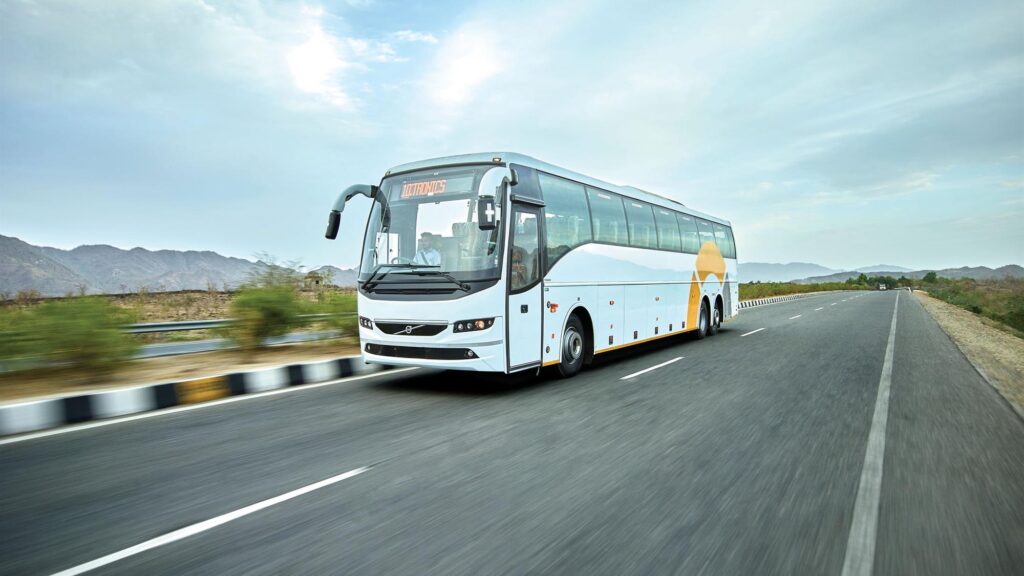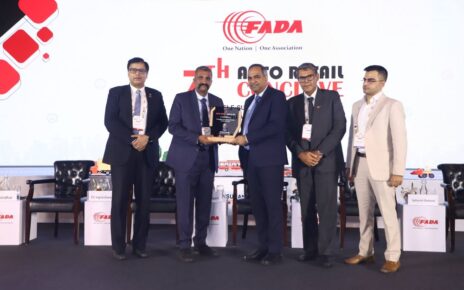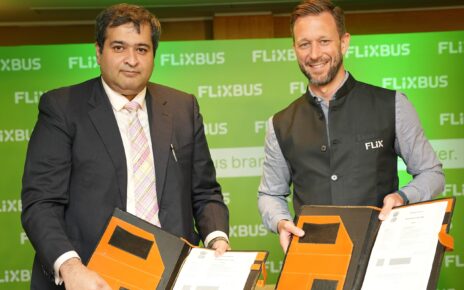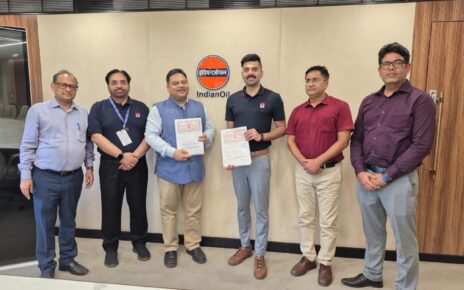
India’s intercity bus travel ecosystem is undergoing a transformation at an unprecedented scale. Policy reforms, digital adoption, and improved infrastructure are fuelling rapid growth in the sector. At the centre of this shift is redBus, the world’s largest online bus ticketing platform, connecting millions of travellers with operators across India and beyond. In an exclusive interaction with MOTORINDIA, Prakash Sangam, CEO of redBus, shares his perspectives on industry shifts, policy needs, digitalisation, sustainability, global expansion, and the company’s larger vision.
Growth Powered by Macro Trends
Prakash has seen the bus industry evolve dramatically over the past decade. “The one remarkable change that I’ve seen over the last 10–11 years has been just the sheer growth that this industry has experienced. That growth has been powered by macroeconomic factors – India’s economic momentum, rising disposable incomes, and greater mobility for jobs, education, and tourism,” he explains.
Road travel, particularly buses, has emerged as the fastest-growing mode of transport, outpacing rail and even air. While rail infrastructure has struggled to keep pace with demand and airlines have faced turbulence, highways and expressways have doubled in length, creating a fertile ground for bus travel to thrive.

Beyond infrastructure, the passenger experience has been transformed. Operators, spurred by platforms like redBus, now compete on quality. Prakash points out: “Operators who provide superior service get higher ratings, attract more passengers, and grow faster. This creates a positive reinforcing loop, lifting quality consciousness across the ecosystem.”
Championing Recognition Through Bharat Prawaas Awards
redBus has also played an active role in recognising excellence within the sector. Prakash recalls the inception of the Prawaasplatform in 2017, led by the Bus and Car Operators Confederation of India. “We thought it was a great idea and became one of the early sponsors. The industry needed a platform not only for participation but also for recognition,” he says.
redBus has also instituted the People’s Choice Awards as part of the Bharat Prawaas Awards, giving passengers a direct voice in recognising the best operators in the country. Entirely led through public voting, the initiative celebrates those bus operators who consistently deliver high-quality services under challenging conditions. As Prakash explains, “Every vote cast is a vote of trust from a passenger. It is about recognising the operators who put their heart and soul into serving travellers, and we are proud to be the demand partner enabling this recognition.”
Policy Wins and the Road Ahead
While policy challenges remain, Prakash acknowledges significant progress. “The All India Tourist Permit rules have been a big positive. They clarified issues around group versus individual bookings and allowed operators to cross state boundaries seamlessly. This has reduced costs, improved compliance, and added flexibility for operators,” he says.

However, gaps persist. Chief among them is the absence of robust bus terminals accessible to private operators. Prakash argues: “When you enter a bus today, the experience is much improved. But the boarding process is still broken because we lack specialised infrastructure. Dedicated, multimodal bus terminals would make travel far more convenient – especially for senior citizens and families with children.”
Another anomaly lies in GST treatment. Non-AC bus tickets attract zero GST offline but incur 5% GST if booked through online platforms. “It’s unfair to tax price-sensitive passengers simply because they choose the convenience of digital booking,” Prakash observes.
Digitalisation and Formalisation
Digitisation has been at the heart of redBus’ success story, steadily expanding from metros to tier-two and tier-three towns. Yet, Prakash believes the journey is far from complete. “The buses connected to our platform today represent only about 20–25% of the overall intercity fleet. The next big opportunity is to bring smaller operators and shorter routes online,” he explains.
Tools like redPro and revMax are helping operators professionalise operations. “We use AI to provide operators with actionable insights – from punctuality to passenger feedback on amenities. revMax dynamically optimises pricing by factoring in demand signals, competition, and elasticity. The aim is to help operators improve profitability and efficiency,” Prakash says.
Steering the Green Transition
With sustainability gaining global momentum, the bus sector’s shift to electrification is inevitable. Prakash believes intercity mobility is well suited for EV adoption due to higher asset utilisation. “Intercity buses run longer distances, allowing operators to recover higher capex through lower operating costs,” he notes.
Still, barriers remain – uncertainty around residual values, limited financing options, and charging infrastructure. “We’re partnering with OEMs, lenders, and leasing companies to provide comfort on collections and viability. Early success stories will create proof points and drive wider adoption,” Prakash explains.
Technology is advancing rapidly, with newer buses offering ranges of 350–370 km and fast-charging solutions in development. For Prakash, the industry must collaborate to overcome hurdles rather than remain stuck on challenges.
Global Expansion and Cross-Learnings
From India to Southeast Asia and Latin America, redBus has scaled its model globally, adapting to local nuances while leveraging core learnings. “The underlying needs of travellers and operators don’t change – customers want choice, pricing, and reliability; operators want occupancy, cash flow, and yield. But market-specific nuances shape our platform,” Prakash says.
Features like boarding-point-to-dropping-point search, developed for Malaysia, are now differentiators in India. Similarly, offline payment models built for Indonesia found relevance in Peru and Colombia. “We’re constantly cross-pollinating learnings across markets,” he adds.
redBus recently expanded into Vietnam and Cambodia, two large bus-reliant markets, and continues to explore new geographies through both organic and inorganic strategies.
A People-Centric Vision
For Prakash, redBus’ mission goes beyond ticketing – it is about enabling human connections. “We don’t see ourselves as just a bus ticketing platform. We want to be a true travel companion, supporting customers through the entire journey with reminders, live tracking, and 24×7 assistance,” he says.
Equally, the company views itself as a partner to operators. “Our philosophy is to help supply partners realise their dreams of running a sustainable, profitable business. By enabling them with technology and insights, we help them grow,” Prakash stresses.
The pride is shared across the organisation’s 950 employees. Prakash cites a recent milestone: “On the Independence Day long weekend, more than half a million people travelled on redBus in a single day. Moments like these are humbling and remind us of the responsibility we carry.”
redBus’ journey epitomises the transformation of intercity bus travel in India – from informal offline operations to a formalised, tech-driven, customer-first ecosystem. Under Prakash Sangam’s leadership, the company is not only shaping mobility in India but also taking its expertise global. By aligning growth with digitalisation, policy advocacy, sustainability, and a people-centric mission, redBus is steering the sector toward a future that is smarter, greener, and more inclusive.




